Investing in a bathroom or shower makeover is one of the most effective methods to increase the value of your home.
When looking at pictures of contemporary and modern shower designs on social networking sites like Pinterest or other similar websites, it might not be easy to decide which tiles are most suited for your shower. There is a wide variety of patterns available for huge and large ceramic tiles, particularly those used for shower floors. Why do shower floors typically have smaller tiles than other bathroom parts? Is it possible to utilize huge tiles for the floor of a shower?
You have seen a lot of different designs that use huge tiles, and you believe this will be the best option for your new shower makeover. In this essay, we’ll dispel some myths surrounding the use of huge tiles on your shower floor.
Why Are Shower Tiles Typically So Small?
Let’s first investigate the widespread preference for using smaller tiles rather than larger ones in showers. Professionals recommend using small tiles when tiling a shower floor since they help you accomplish two of the most important goals.
The first step is to align the shower pan’s slope with the floor’s slope. The slope of the floor may be more easily adjusted to accommodate smaller tiles, which in turn makes it possible for water to flow more easily down the drain. Because most showers are contained within limited spaces, the use of large tiles on the floor can interfere with the slope of the shower pan. As a direct consequence, you will end up with a shower floor prone to flooding.
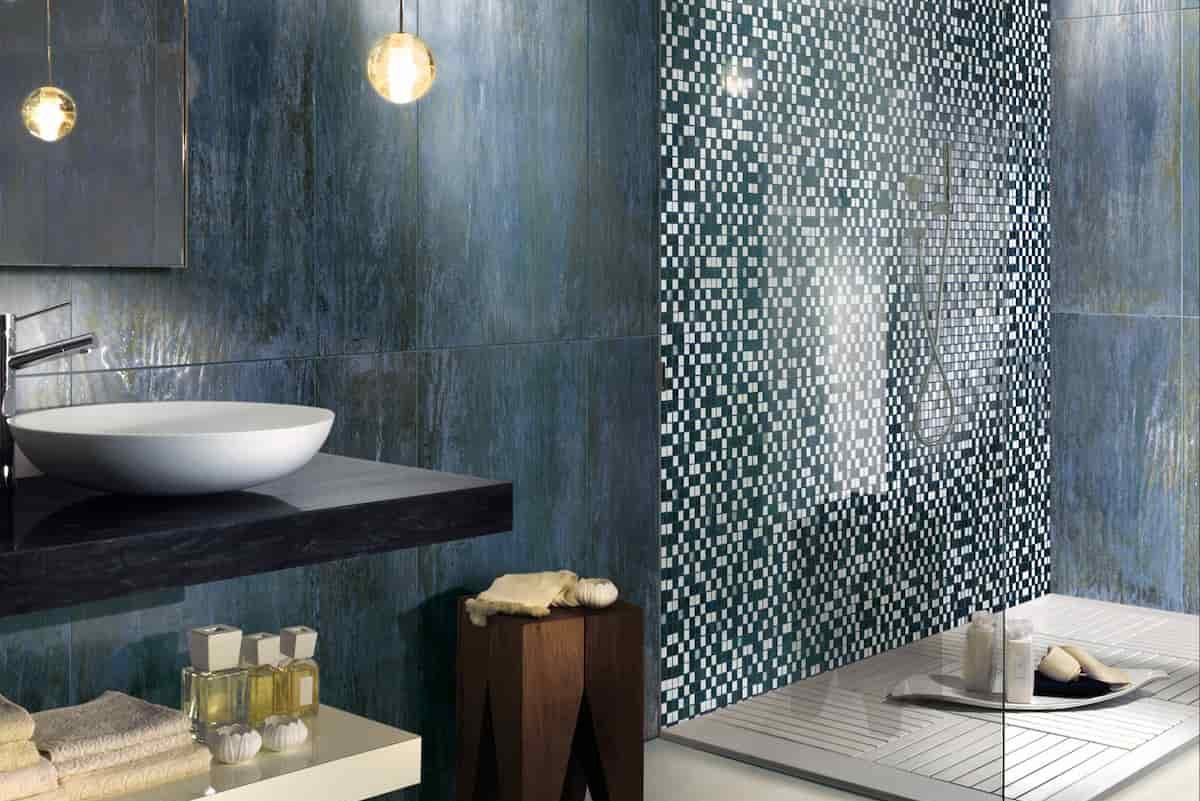
Contemporary showers are capable of having larger designs and more available floor space. You won’t have any problems, as a result, if the size of your shower pan is large enough to accommodate huge tiles while maintaining an adequate drainage system.
The use of smaller tiles on shower floors is often done for two reasons. The first is to save money, and the second is to increase the surface’s traction. In most cases, smaller tiles give ridges between the tiles, giving you a greater grip on the floor and helping prevent slips and falls.
However, contemporary ceramic tiles come with textured surfaces better for gripping wet environments such as showers. Consequently, you do not need to be concerned about slipping and falling in the shower, which could result in an accident.
What are the benefits of tiling a shower floor with large tiles instead of smaller ones?
Grouting with a Minimalist Approach Using larger tiles requires less grouting than smaller ones. As a result, the task is completed more quickly and requires fewer accompanying resources. Your shower floor will have a more cohesive appearance and a more streamlined and contemporary design overall if there is less grout between the tiles.

Less maintenance is required since there is less grouting, which implies less maintenance is required for the upkeep of the grout.
Aesthetic Appeal Putting large tiles on the shower floor gives your bathroom a more upscale look, increasing the demand for and value for your house.
Using large tiles in the shower creates the illusion of more room than there actually is.
How Can I Determine Which Large Tiles Work Best for My Shower Floor?
These days, consumers can choose from a wide choice of looks and patterns while shopping for huge tiles. There is a great deal of diversity available, including such shapes as squares, rectangles, and even hexagons. We strongly suggest that you choose the tiles for the floor of your shower based on how well they complement the overall design of your bathroom.
If they go with the rest of the bathroom’s design, larger tiles can look great on the shower floor. The most common dimension for tiles of this size is 12 inches by 24 inches, which provides an ample amount of floor coverage. Look for colors and designs that go with the colors already present in your bathroom, and think about using contrasting colors if you want the space to feel more vibrant and light.
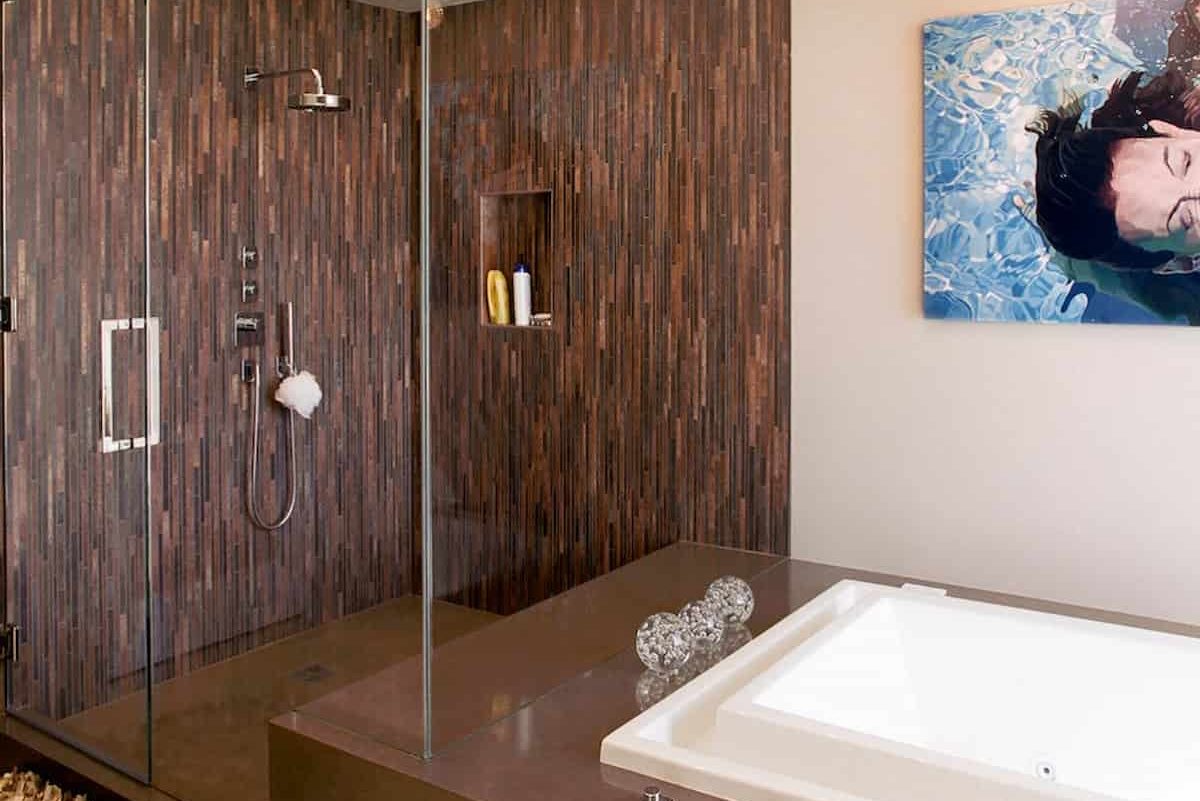
How High Is the Friction Coefficient on a Large Shower Tile?
During your shower, the last thing you need is for one of your tiles to get slippery and cause you to fall. Understanding the coefficient of friction (COF) of the tiles you use is crucial if you want to prevent slips and falls in the shower. The coefficient of friction (COF) evaluates the level of traction offered by the tile’s surface and determines whether or not it may be installed on wet flooring.
If you are installing a shower floor, you should steer clear of any tiles with COFs that are lower than 0.5. Your new shower floor should ideally be tiled with a material that has a coefficient of friction (COF) of 0.6. If you are unable to locate the COF value, you should contact the manufacturer in order to obtain the information.
What Sort of Mortar Should I Use for the Floor of My Shower?
When putting down a new shower floor, the mortar is the part that gets the least amount of consideration. To guarantee a safe and sound surface, you will need to use a mortar of sufficient quality. Because large tiles are so heavy, you will need to use a mortar that has been specially prepared to accommodate the added weight of the tiles.
Because thin-set mortar contracts as it dries, installing large tiles for a shower floor requires a medium-bed mortar mix. A mortar with a medium bed will not shrink, resulting in a strong and durable connection that will compensate for any substrate or tile flaws.

The Answer to the Old Question: Can You Put Large Tiles on a Shower Floor?
The answer is yes; it is perfectly feasible to lay tiles of a greater size on the floor of your bathroom. However, you need to check that your shower pan satisfies the requirements that were outlined before. It is imperative that you select a collection of tiles that has a COF that is greater than 0.6. This rating ensures the highest level of traction in the shower to reduce the risk of slips and falls.
When installing the floor of your shower, you should never forget to use grout, glue, and membranes of the highest possible quality. Because of the use of low-quality goods, water is able to seep under the tiles, which results in the formation of mold and discoloration.
Call a professional for assistance if you are having problems deciding which tiles would look best on the floor of your shower. We will take you step-by-step through the installation process of the best tiles for your new shower floor and cover everything you need to know.






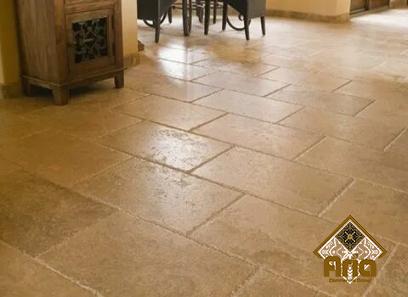

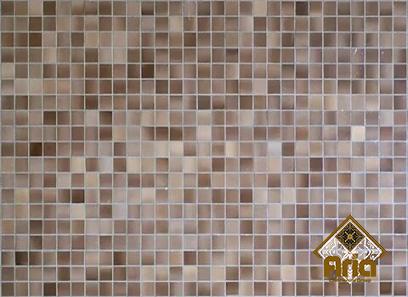


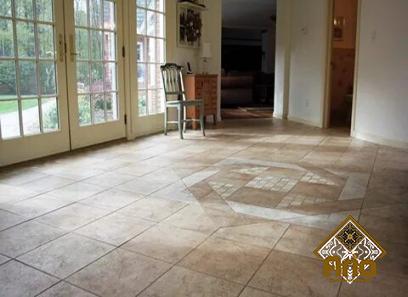
Your comment submitted.